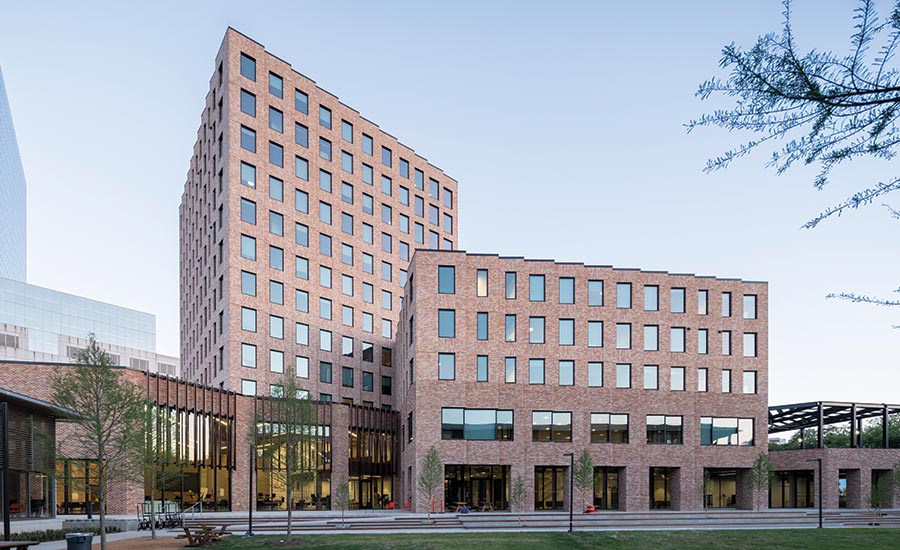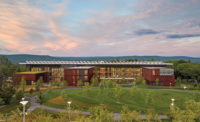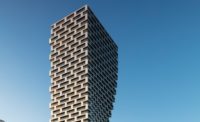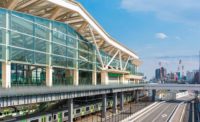Continuing Education: Colleges and Universities 2021

MIT Site 4. Photo © John Horner
In this special section, we explore how colleges and universities—from Maine to Milan—are enriching the experience of education by using smart design to meet current sustainability demands, deploying conventional materials in inventive ways, and engaging with the community on campus and beyond.
New higher education projects by SANAA, NADAAA, and Susan T. Rodriguez, among others, sensitively consider their contexts and meaningfully reflect the identities of the schools they serve, while successfully blending historic architecture with modern features and amenities.
Continuing Education

To earn one AIA learning unit (LU), including one hour of health, safety, and welfare (HSW) credit, read the articles above and complete the quiz. Upon passing the test, you will receive a certificate of completion, and your credit will be automatically reported to the AIA. Additional information regarding credit-reporting and continuing-education requirements can be found at continuingeducation.bnpmedia.com.
Learning Objectives
- Describe strategies that designers of college and university buildings are deploying to meet the sometimes competing objectives of transparency, glare mitigation, and energy efficiency.
- Outline tactics for achieving comfortable and ultra-energy-efficient academic buildings, even in demanding climates such as coastal Maine.
- Discuss approaches for integrating campus expansions into existing urban fabric in ways that engage the surroundings and serve the needs of the broader public, not just those affiliated with the academic institution.
- Describe strategies for using conventional materials to create building envelopes displaying a high degree of customization, craftsmanship, and precision, including prefabrication and unitization.
AIA/CES Course #K2111A










